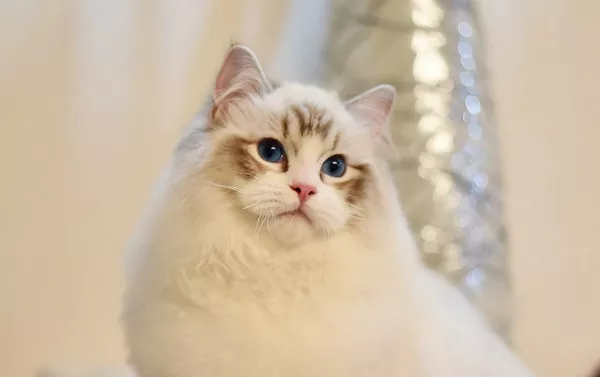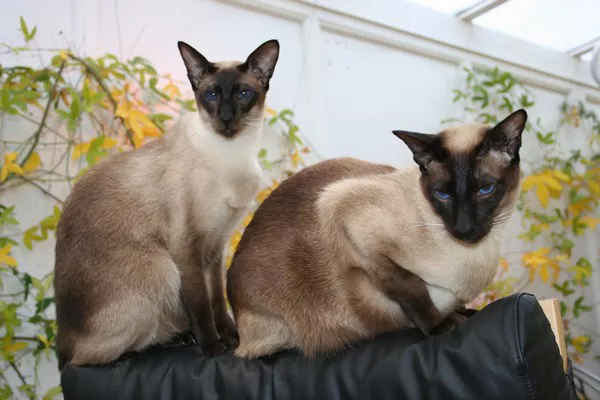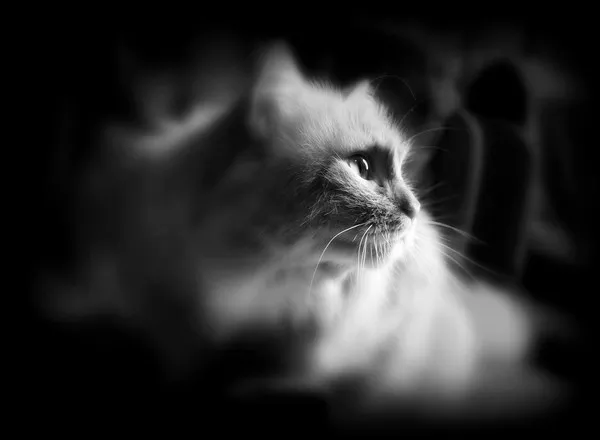Ragdoll cats, known for their striking blue eyes, silky coats, and docile temperament, are a popular choice among cat lovers. Like all cats, Ragdolls undergo a reproductive cycle known as estrus, or “heat.” Understanding when Ragdolls go into heat and how to manage their behavior during this period is essential for responsible pet ownership. This article provides a comprehensive guide on the heat cycle in Ragdoll cats, along with practical training tips to help manage your cat during this time.
What is Estrus?
Estrus, commonly referred to as being “in heat,” is a phase in a female cat’s reproductive cycle when she becomes sexually receptive and can conceive. This cycle is influenced by various factors, including age, health, environment, and seasonal changes.
Age and the Onset of Heat
Female Ragdoll cats typically reach sexual maturity between 5 and 9 months of age, though this can vary. The onset of the first heat cycle marks the beginning of their reproductive life. However, it is not advisable to breed a cat during her first heat, as she may not be physically mature enough to handle pregnancy and childbirth.
Signs of a Cat in Heat
Recognizing the signs of a cat in heat is crucial for managing her behavior and ensuring her well-being. Some common signs include:
Vocalization: Cats in heat often become more vocal, emitting loud, persistent meows to attract potential mates.
Affectionate Behavior: Increased affection and a desire for physical contact are common. Your cat may rub against furniture, walls, or you more frequently.
Restlessness: A cat in heat may seem restless, constantly moving around and seeking attention.
Posturing: Female cats may assume a mating posture, with their hindquarters raised and tail held to one side.
Spraying: Some cats may spray urine to mark their territory and signal their availability to male cats.
Frequency and Duration of Heat Cycles
Ragdoll cats, like other breeds, are seasonally polyestrous, meaning they can go into heat multiple times during the breeding season, typically from spring to fall. Each heat cycle lasts about 7 to 10 days, and if the cat does not mate, she will go out of heat for a short period before the cycle begins again. This can result in multiple cycles within a few weeks.
Managing a Cat in Heat
Managing a cat in heat can be challenging due to the behavioral changes and increased demands for attention. Here are some tips to help you and your cat through this period:
Environmental Enrichment
Providing a stimulating environment can help distract your cat and reduce some of the restlessness associated with being in heat. Consider the following:
Interactive Toys: Toys that challenge your cat mentally and physically can help expend some of her excess energy.
Scratching Posts and Climbing Structures: These provide an outlet for your cat’s natural behaviors and can help reduce stress.
Safe Outdoor Access: If possible, allow supervised outdoor time in a secure area to provide additional stimulation.
Calming Techniques
Keeping your cat calm and comfortable is essential during her heat cycle. Some effective techniques include:
Feliway Diffusers: These release synthetic pheromones that can help reduce stress and promote a sense of calm.
Comfortable Bedding: Ensure your cat has a quiet, comfortable place to rest away from household disturbances.
Routine and Consistency: Maintaining a regular schedule for feeding, playtime, and other activities can help reduce anxiety.
See Also: How Long Do Cornish Rex Sleep?
Spaying: A Long-Term Solution
The most effective way to manage a cat’s heat cycles is through spaying. Spaying not only eliminates the heat cycles but also provides significant health benefits, including a reduced risk of uterine infections and certain cancers.
Training Tips for Cats in Heat
Training a cat during her heat cycle can be challenging due to her increased distractibility and restlessness. However, with patience and consistency, you can help manage her behavior. Here are some training tips:
Positive Reinforcement
Use positive reinforcement to encourage desired behaviors. This involves rewarding your cat with treats, praise, or playtime when she exhibits calm or appropriate behavior.
Consistency: Be consistent with your rewards to reinforce the connection between the desired behavior and the reward.
Timing: Reward your cat immediately after the desired behavior to ensure she associates the reward with the behavior.
Clicker Training
Clicker training can be an effective way to communicate with your cat and reinforce positive behavior. Here’s how to get started:
Introduce the Clicker: Begin by associating the sound of the clicker with a reward. Click the clicker and immediately give your cat a treat.
Practice Basic Commands: Use the clicker to teach basic commands such as “sit” or “come.” Click and reward when your cat performs the desired action.
Apply During Heat Cycles: Continue using the clicker during your cat’s heat cycle to reinforce calm behavior and redirect her focus.
Behavioral Redirection
Redirect your cat’s attention when she exhibits undesirable behaviors such as excessive vocalization or restlessness. Here are some techniques:
Interactive Play: Engage your cat in interactive play sessions to redirect her energy and attention.
Training Sessions: Use training sessions to keep your cat mentally stimulated and focused on positive behaviors.
Distraction Techniques: Provide distractions such as puzzle feeders or new toys to keep your cat occupied.
Understanding Ragdoll-Specific Needs
Ragdolls have unique characteristics that can influence their behavior and needs during heat cycles. Understanding these traits can help you provide better care and training.
Docile Temperament
Ragdolls are known for their docile and gentle nature. While this can make them easier to manage, it also means they may become more stressed during heat cycles. Providing a calm and stable environment is particularly important for this breed.
Attachment to Owners
Ragdolls often form strong bonds with their owners and may become more clingy during heat cycles. Be prepared to spend extra time providing affection and reassurance to your cat during this period.
Low Activity Level
Compared to other breeds, Ragdolls tend to have a lower activity level. Ensuring they get enough physical exercise through play and environmental enrichment is crucial, especially during heat cycles when they may become more restless.
Health Considerations
Ragdolls are prone to certain health issues that can affect their overall well-being. Regular veterinary check-ups and preventive care are essential to ensure your cat remains healthy, especially during the added stress of heat cycles.
Conclusion
Understanding when Ragdoll cats go into heat and how to manage their behavior during this period is crucial for responsible pet ownership. Recognizing the signs of estrus, providing a stimulating environment, and using effective training techniques can help ensure your cat remains comfortable and happy. Spaying remains the most effective long-term solution to managing heat cycles, offering significant health benefits and reducing the challenges associated with this natural reproductive process. By taking proactive steps and being attentive to your cat’s needs, you can navigate the heat cycles with confidence and care, ensuring a harmonious relationship with your beloved Ragdoll.

























